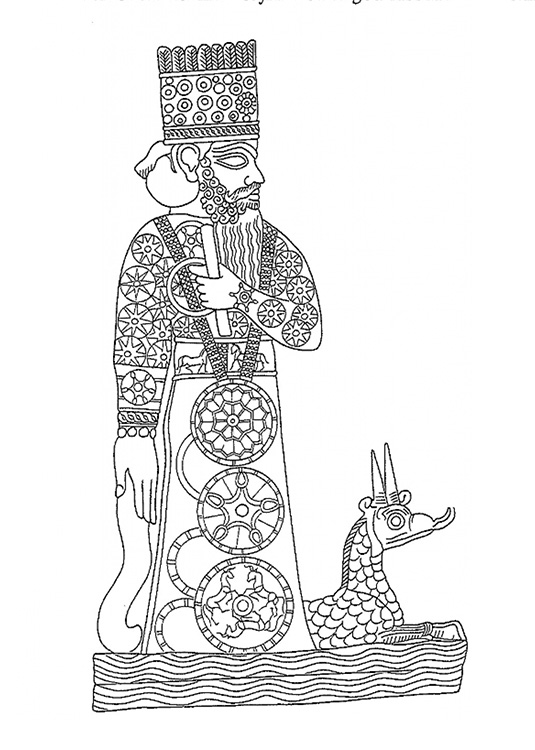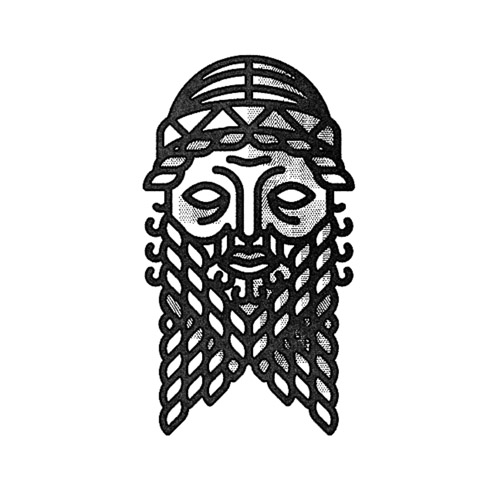About
The Electronic Hammurbi website provides a digital version of the Law Code of Hammurabi; and includes the cuneiform signs, transliteration, normalization into Akkadian (Old Babylonian), and an English translation derived chiefly from Huehnergard's standard Akkadian grammar. The website was created by Boban Dedović on February 2021 while he was studying Mesopotamian Law at the University of Chicago, and is operated by the OMNIKA Foundation, a 501(c)(3) nonprofit based in Las Vegas, NV.
Source: OMNIKA
Access
External sources
Primary
Myth
In the prologue, Hammurabi boasts about his intimacy with Marduk while giving him praise. Details about his own accomplishments are also pointed out, especially with respect to the enactment of justice in the world. Next, 282 laws are detailed. Many of them deal with divorce, taxes, medicine, theft, and familial matters. The famous phrase, "an eye for an eye," is also provided. The epilogue explains Hammurabi's authority as an arbiter of justice, as well as his divine authority.
Belief system

The Babylonian religion was practiced throughout modern-day Iraq and the general near east (Mesopotamia) during antiquity. Its chief deity was Marduk.
Myths cited
It looks like only the main myth was referenced in this work.
Belief systems cited
Artifacts cited
Other works
Conference paper · 2023
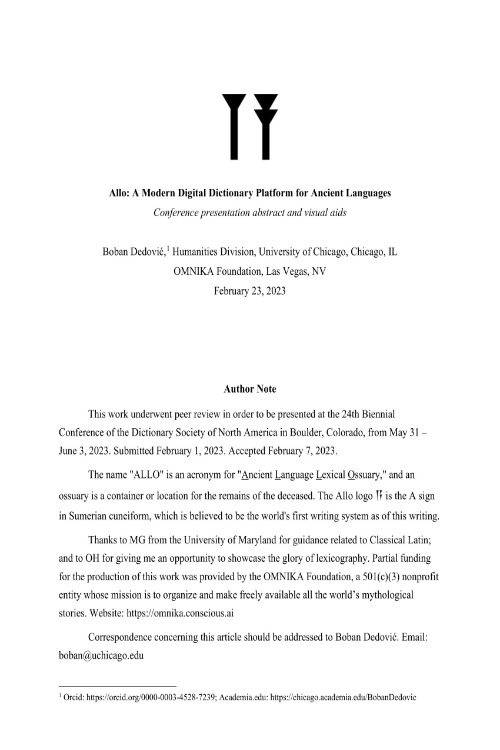
This work is a conference paper by Boban Dedović concerning Allo Latin, a digital tool first presented at the 24th biennial conference of the Dictionary Society of North America in Boulder, CO, May 31 – June 3, 2023.
Preprint · 2023
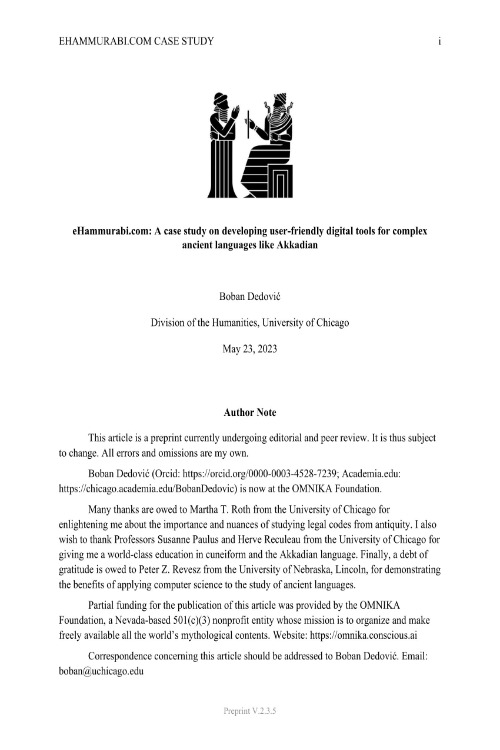
This case study outlines how the eHammurabi.com digital tool was built by describing its development from start to finish. The Law Code of Hammurabi was created in c. 1750 BCE and is well-known for being one of the oldest and most important legal texts in recorded human history.
Seminar paper · 2019
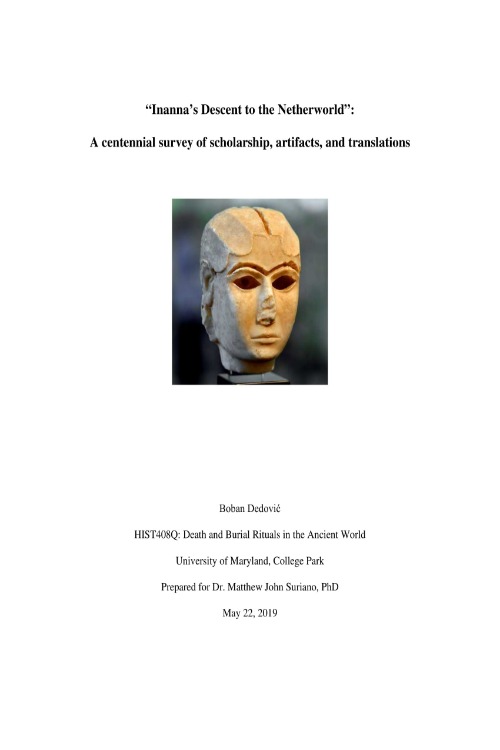
"Inanna's Descent" outlines all the scholarship related to the Sumerian afterlife myth named "Inanna's descent to the netherworld." The work contains a chronological survey of the scholarship, as well as an appendix of over forty artifact pictures and citation details. The work was produced by Dedović while he was studying death and burial rituals in the ancient world at the University of Maryland, College Park, MD.
Conference paper · 2022
"‘Minds’ in ‘Homer’" is a 2021 empirical research study on mental language in the Homeric epics which argued that the Iliad has much less mental language than the Odyssey, statistically speaking. Following peer review, the findings were accepted as a conference paper for the twelfth International Conference on the Mental Lexicon in Niagara-on-the-Lake, Ontario, Canada, from October 11–14, 2022.
Website · 1997
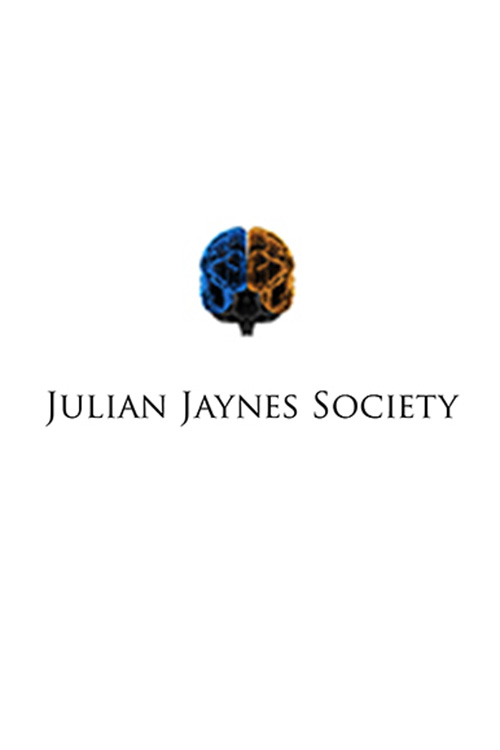
The "JJS" promotes the work of Julian Jaynes, a former Princeton professor who revolutionized ancient (and modern) psychology with his book, titled The Origin of Consciousness .... The book's contributions to ancient studies are legion, and cover the Homeric Epics (the Iliad and Odyssey), and more Greek and Akkadian myths. The society was started in 1997 by the prolific author Marcel Kuijsten, its Executive Director.
Website · 2021
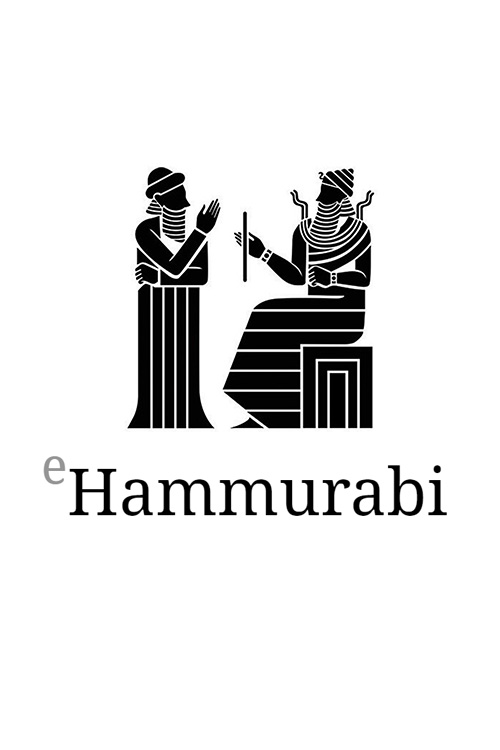
The Electronic Hammurbi website provides a digital version of the Law Code of Hammurabi; and includes the cuneiform signs, transliteration, normalization into Akkadian (Old Babylonian), and an English translation derived chiefly from Huehnergard's standard Akkadian grammar. The website was created by Boban Dedović on February 2021 while he was studying Mesopotamian Law at the University of Chicago, and is operated by the OMNIKA Foundation, a 501(c)(3) nonprofit based in Las Vegas, NV.
Conference paper · 2023
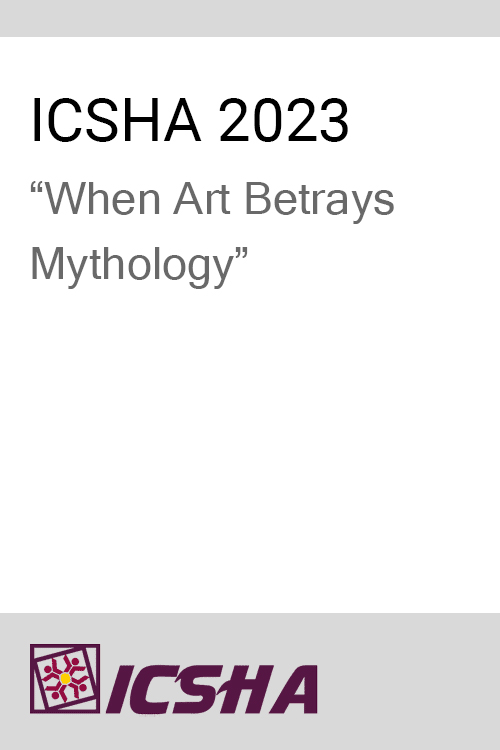
In "When Art Betrays Mythology," Dedović argued that Francisco Goya's Saturn painting is not representative of the mythological figure Cronus from Hesiod's Theogony. Instead, the author presents evidence to show that the painting's figure aligns with Grendel from Beowulf.
Book · 2022
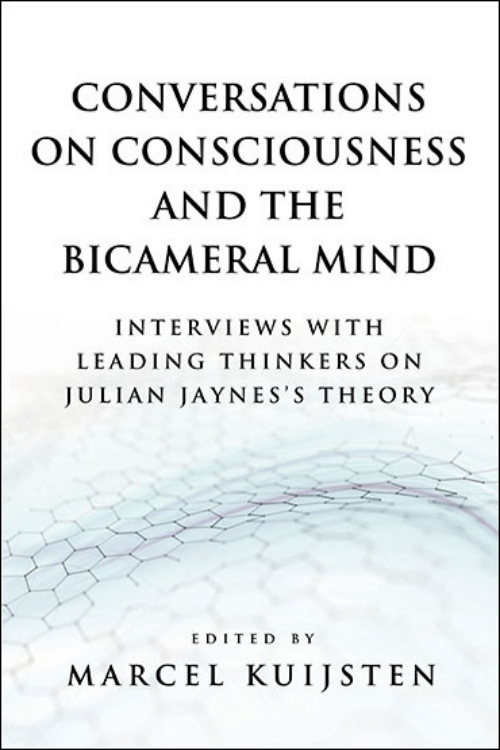
Conversations on Consciousness is a collection of transcribed interviews related to the theories of Julian Jaynes. The major focus of Jaynes' work was the origin of human consciousness. The work was compiled and edited by Marcel Kuijsten of the Julian Jaynes Society.
Library works
Book · 1904
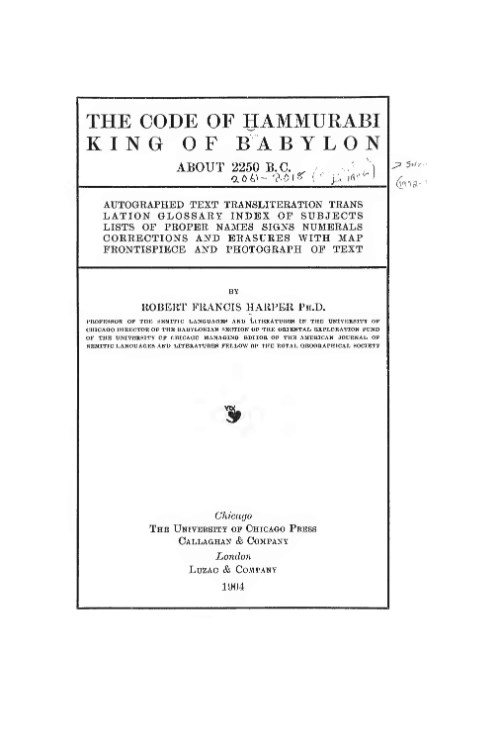
The Code of Hammurabi is a 1904 translation of the Law Code of Hammurabi basalt stele, published by Robert Francis Harper. The printed book contains a translation, transliteration, and collection of plates which show the Akkadian cuneiform inscriptions. 282 laws are translated, as well as the prologue and epilogue.
Book · 2011
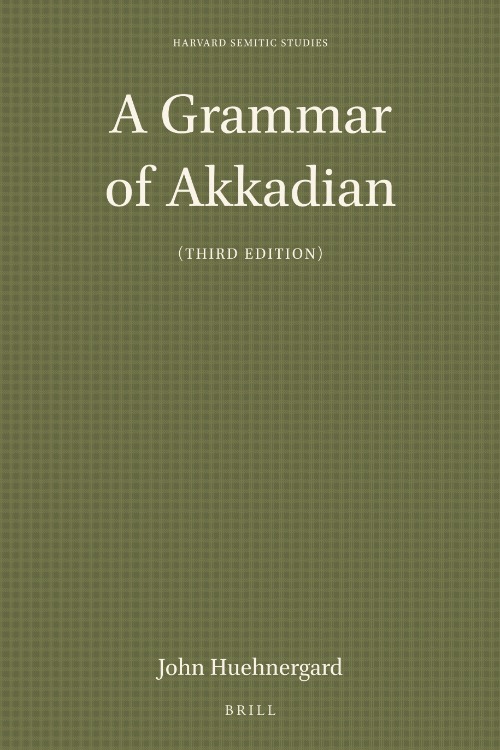
Huehnergard's Akkadian Grammar is the gold-standard introductory text to Old Babylonian (Akkadian). In its third edition, the grammar text provides a thorough overview of Akkadian grammar used by the Babylonians. The appendix includes useful charts for verbs of different stems. Huehnergard is one of the world's most well-regarded experts in Semitic languages.
Book · 1953
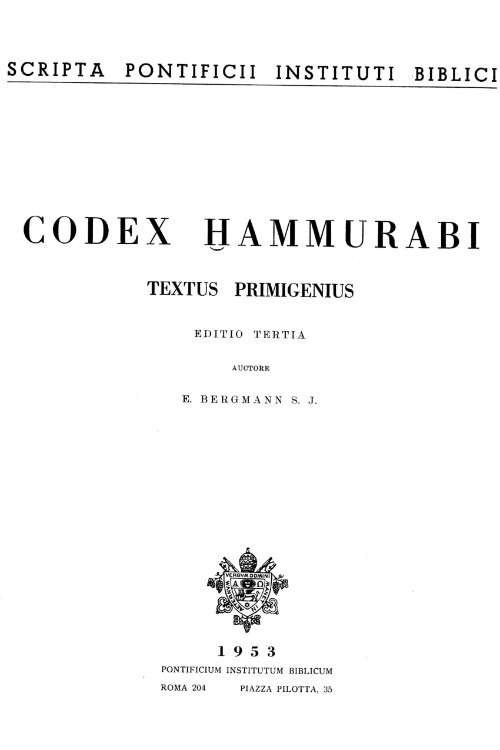
Bergmann's 1953 publication is the standard text for the Law Code of Hammurabi. It provides pictures of the cuneiform inscription from over ten sources. The preface is written in Latin.
Book · 2017
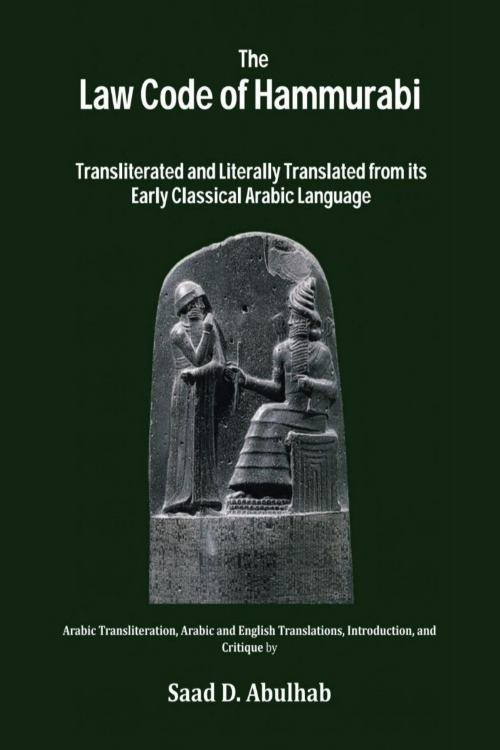
Abulhab's 2017 publication includes the entire Law Code of Hammurabi. It is collated, transliterated, and includes an English and Arabic translation.
Book · 1995
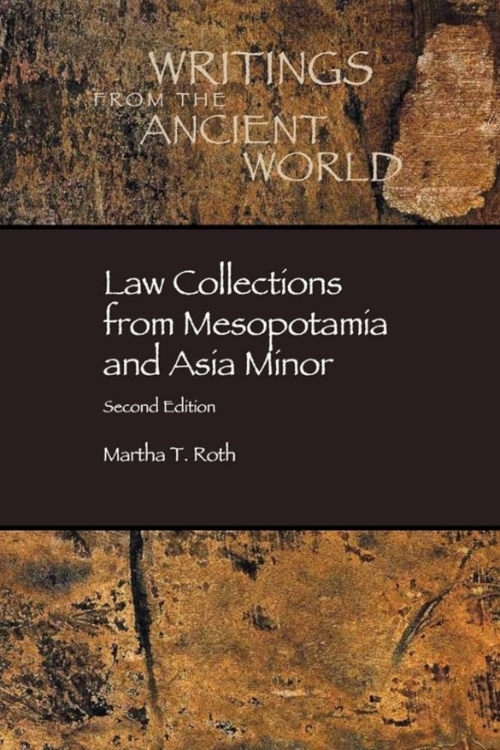
Matha T. Roth's Law Collections work provides translations for ancient legal codes.
Contributor
Cite this work
ChicagoDedović, Boban. Electronic Hammurabi: A Digital Version of the Law Code of Hammurabi. Edited by OMNIKA Foundation Contributors. Las Vegas, NV: OMNIKA Foundation. https://ehammurabi.com. Created February 14, 2021. Accessed March 20, 2021. Retrieved from https://ehammurabi.org.
